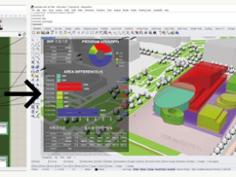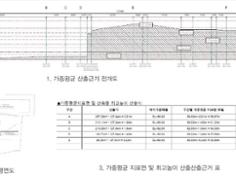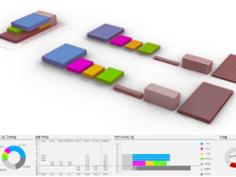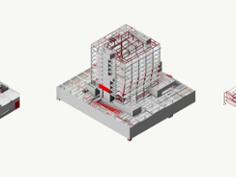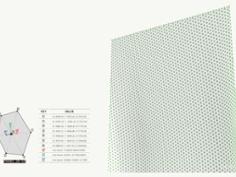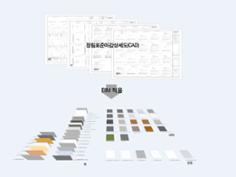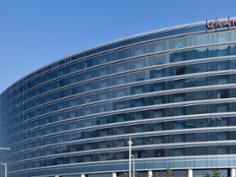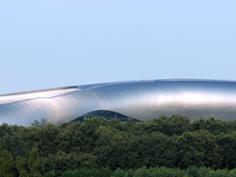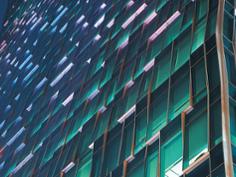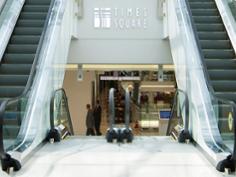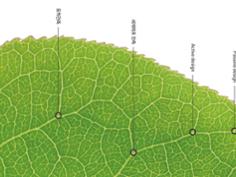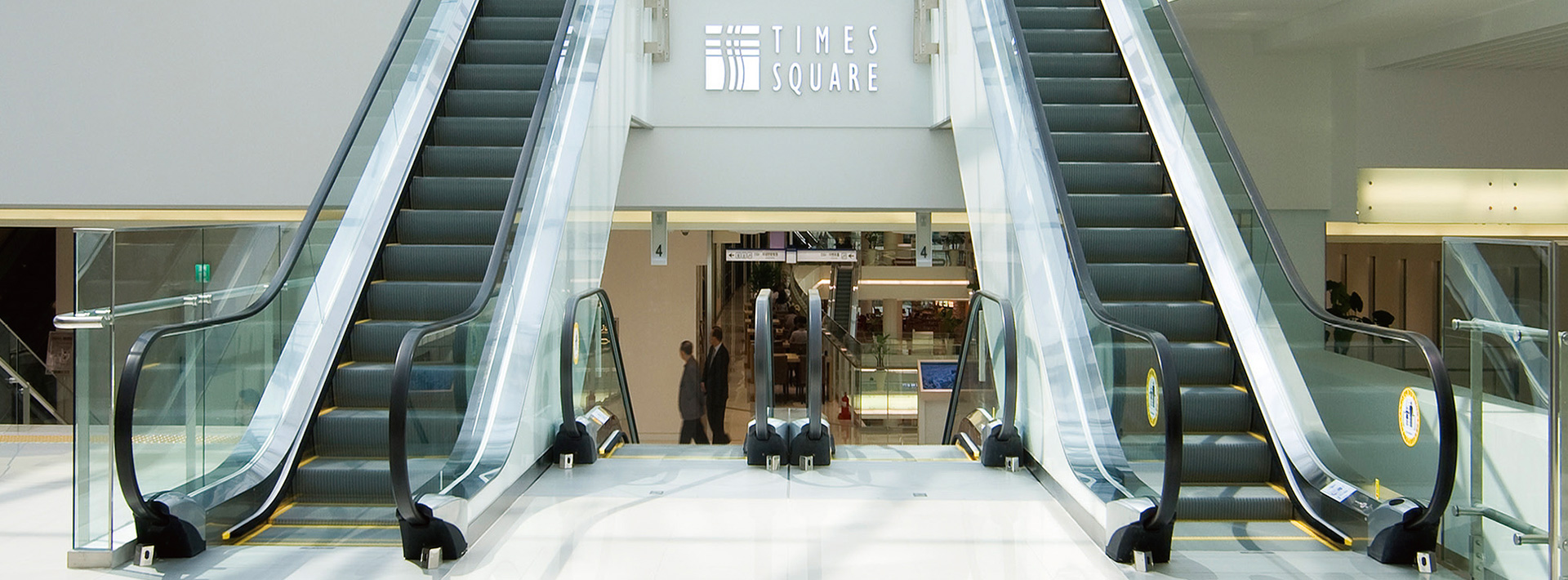
Environmentally Friendly Design Process
The basic principle to design the environmentally friendly building - 2Environmentally Friendly Design Process
Here, we summarized the whole process of environmentally friendly architecture ranging from the initial project conception to the final occupancy and evaluation. In a macroscopic context, we review the elemental technologies in the design phase, check and manage whether the environmentally friendly design elements were reflected or not in the construction phase, and conduct post-occupancy performance evaluation after completion and moving-in.
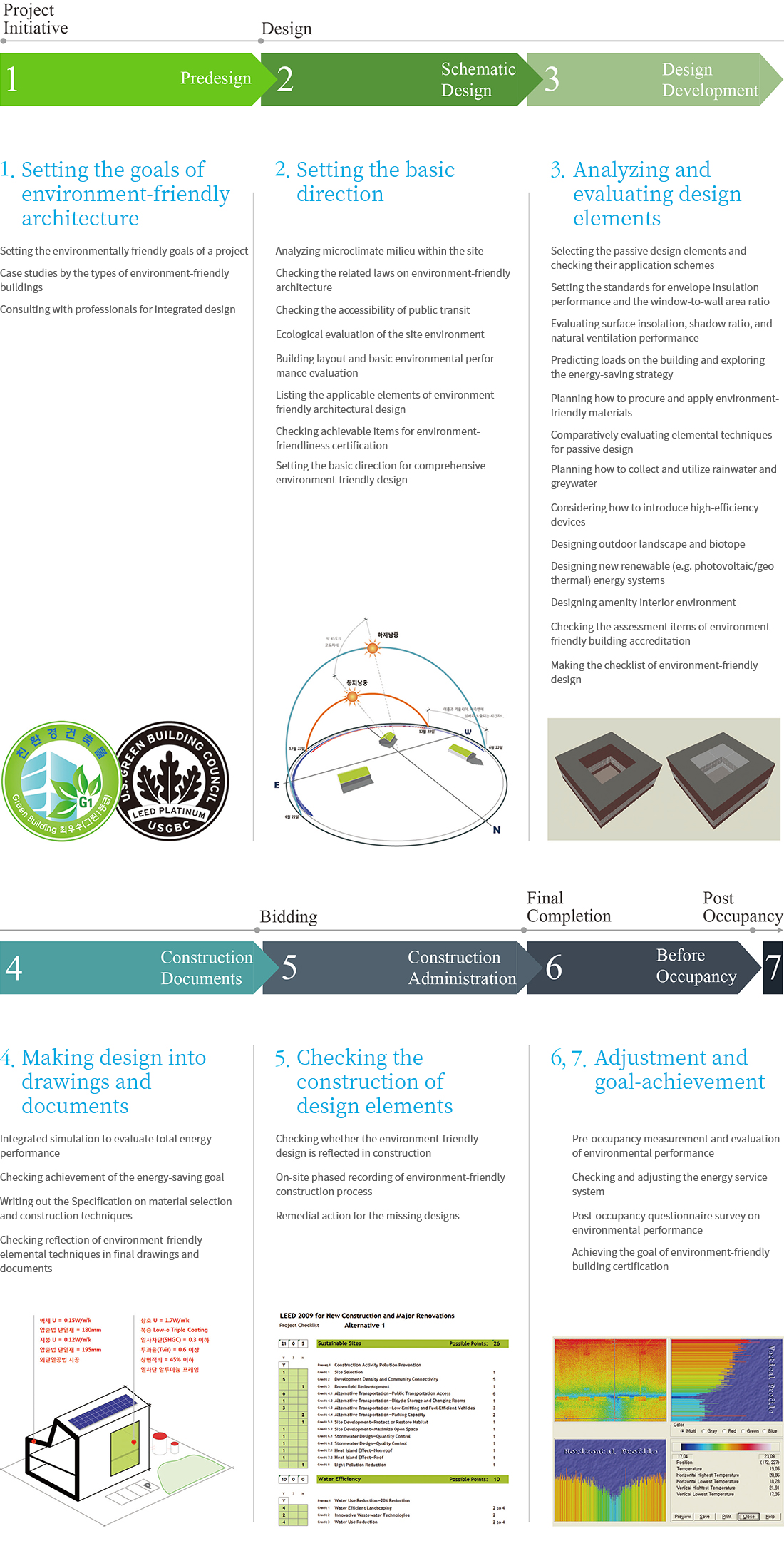
1.Predesign
Setting the environmentally friendly goals of a project
Designing without the concrete goals for an environmentally friendly building is likely to introduce fragmentary eco-friendly concepts from the existing convention of design. To consistently achieve the environment-friendliness of architectural design, one should set the concrete goals from the beginning and the goals may include energy-saving in a building, lower consumption of water, and acquiring domestic or foreign environment-friendly building certifications. The environment-friendly building certification systems developed in and out country include many kinds: recently, many corporations which intend to improve their images as environment-friendly enterprises in the international society acquire LEED (Leadership in Energy and Environmental Design) certifications from the U.S., while in Korea, increasing rates are reported of acquiring the G-SEED certification developed in consideration of regionality, laws, and environment.
Case studies by the types of environmentally friendly buildings
It is necessary to collect and analyze the design cases of excellent environment-friendly buildings in and out of country, and utilize them as project references. Particularly, it is crucial to classify the buildings by types and draw up the references in this process. This is because housing facilities which consume plenty of heating energy are favorable to acquire information of the elemental technology to save such heating energies as highly functional insulations, while office facilities which consume plenty of cooling energy are useful to reference elemental technologies including shading devices to save energy in the summer.
Consulting with professionals for integrated design
For successful completion of an environment-friendly project, you have to build a closely networked information sharing system with related professionals from the beginning. In the past, once architectural design was completed, mechanical device specifications, lighting methods, and landscaping areas would be determined. To realize environmentally friendly buildings, however, one should consult with related professionals from the initial design phase on the organic relationship of building layout, ranging from energy-saving in a building; formation of outdoor space; water use; improving the quality of indoor amenity; and even the choice of fire extinguishing agents.
2. Schematic Design
Checking the related laws on environmentally friendly architecture
A minimum of legal prescription is laid down to save energy and improve the amenity of life according to the needs of society, so that it is an obligation to observe the prescribed standards when designing an environmentally friendly building. Particularly, check clearly and observe the relevant prescriptions stipulated in the Act on Supporting Establishment of Green Buildings as well as in the local ordinances.
Analyzing microclimate milieu within the site
One of the methods to save the energy of a building without cost is to utilize microclimate, which means the surrounding natural milieu of a building including such factors as insolation for heating, solar access for daylight, and wind direction/speed for natural ventilation. To use the microclimate condition within the site, figure out the characteristics of microclimate by proactively carrying out quantitative analysis, for example, simulation analysis based on on-site measurement or meteorological data.
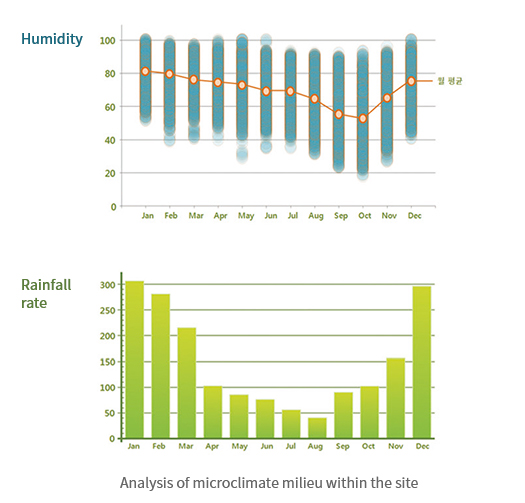
Checking the accessibility of public transit
Environmentally friendly architecture is not only to save the energy used in a building, but also to require the efforts of reducing energy consumption outside the building. In particular, plan a project near to public transit to save the energy of private transits, and prepare the bicycle racks and shower rooms to facilitate bicycle-riding.
Ecological evaluation of the site environment
Ecological values are assessed in two phases. First, select an ecologically undervalued place. By creating a building on a brownfield, you can prevent the damage of ecological space even if you don't choose a natural ground. If the brownfield is at an urban center, you can also use the existing convenience service facilities near at hand and improve the environmental convenience of life. Once you chose the site, strive to improve its ecological value in the site planning phase, by raising the green coverage ratio except for the structures within the site, as well
as by planting on the rooftop.
Building layout and basic environmental performance evaluation
Evaluate basic environmental performances such as shadow ratio (varying with the layout and form of the building), surface insolation, condition of natural ventilation, and approximate energy use. Based on this evaluation, lay out the building and determine its form in a most reasonable way.
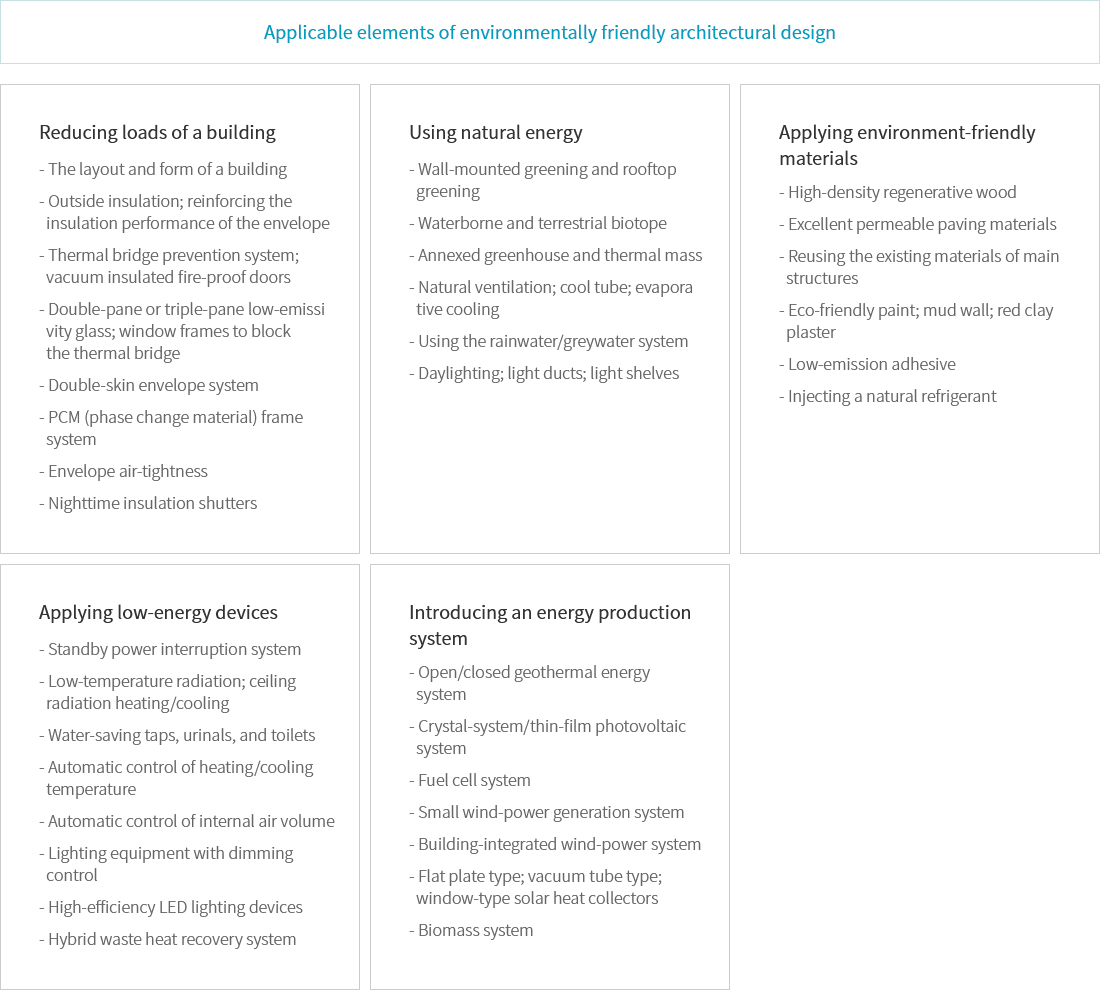
Checking achievable items for environment-friendliness certification
Once you've set the goal of achieving a green building certification, closely check its assessment items and establish a strategy to achieve the necessary points for the target grade. To achieve such target points, firstly select the items whose target points are achievable with architectural design, and then select the items to assess design elements which entail easy building maintenance and affordable investment cost.
Setting the basic direction for comprehensive environment-friendly design
Decide the basic general direction of environmentally friendly design by figuring out the environmental condition of the site and determining the layout and form of the building. In this process, consult with environment-friendliness certification professionals so as to make a concrete action plan to achieve the goal.
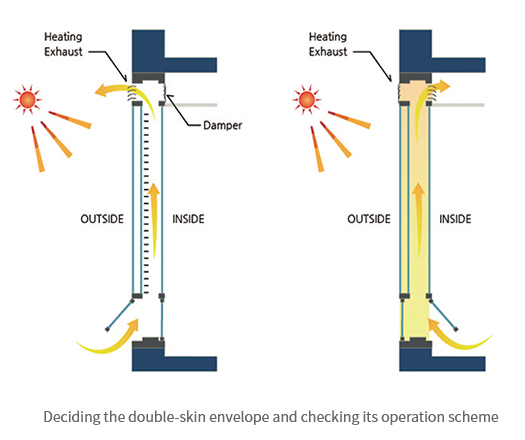
3. Design Development
Selecting the passive design elements and checking their application schemes
There are a variety of environment-friendly design elements based on passive control. Amongst them, particularly, it is very important to select such elemental techniques as to contribute to the energy-saving of a building and improve the value of an environment-friendly building, as well as to discover the method applicable to and in harmony with architectural design. Also, carefully check the technical characteristics and seasonal operations of the selected environment-friendly design elements, so as to choose the elements which can be simply operated, easily maintained and repaired.
Setting the standards for envelope insulation performance and the window-to-wall area ratio
In order to reduce the energy loss from the building envelope, reinforce the insulation performance around the walls and windows. The performance of insulation materials applied to the building envelope should not only observe the minimal standard prescribed by the laws, but also be able to achieve the energy-saving goal with high-performance insulation materials whose performances transcend the minimal standard. Rather than apply high-priced new renewable energies, it is a wiser decision for energy saving to apply affordable insulation materials with higher-than-the-minimum performances. Additionally, given the exterior windows entail ten times larger heat loss than the insulation walls do, you need to design them in a manner of reducing the window-to-wall area ratio.
Evaluating surface insolation, shadow ratio, and natural ventilation performance
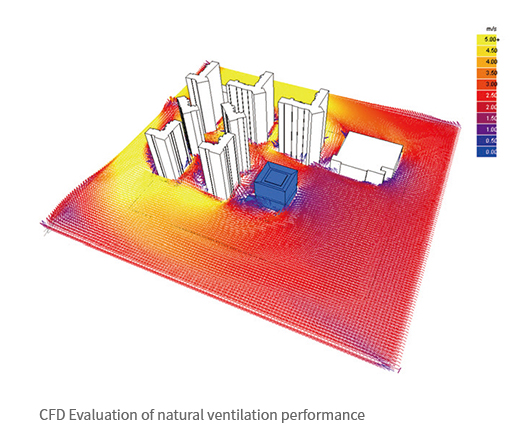
As the building form materializes and floor planning progresses, you need to conduct detailed performance analysis of architectural environment. For office buildings, it is necessary to reduce the cooling energy for summer by designing the facade that can with low insolation, and to consider daylighting, vegetation, solar energy equipment system, and the like, by figuring out the frequency of shadow occurrence and permanent shadowy zones due to the influence of adjacent buildings. When you are to actively utilize natural ventilation, lay out the building according to the main wind direction and open the wind course to keep down the heat island effects of the city.
Predicting loads on the building and exploring the energy-saving strategy
Predict the energy use of a building with a building energy interpretation simulation program. If the energy-saving goal set at the early design
phase was not fulfilled, you should explore such energy-saving strategies
as improving the performance of external wall insulation, reducing the
window-to-wall area ratio, applying high-performance windows, and uti
lizing natural energy.
Planning how to procure and apply environment-friendly materials
Select and reflect in design such environment-friendly materials that can contribute to lowering carbon emissions in the manufacturing process and improve the amenity of occupants after completion. Recently, you can see the launch of various products certified by the public institutions as environmentally friendly materials, so that you may select the materials by referencing such a group of products. Plan how to apply the materials you selected by locations and areas, so as to realize the performance and save the cost.
Comparatively evaluating elemental techniques for passive design
Compare the details of elemental techniques that may apply to design, such as their functions, prices, degrees of applicability, and eases of maintenance, and decide what techniques are more advantageous. When it comes to selecting windows, for example, select such options as double-pane, triple-pane, double-skin, low-emissivity coating, color application; closely analyze the strengths and weaknesses of each window and select the best fit for the characteristic of the project.
Planning how to collect and utilize rainwater and greywater
Saving the water as used for buildings can be one of the significant goals. To realize this purpose, set a plan to build treatment facilities and reservoirs that can collect and purify rainwater, as well as to utilize it as greywater for toilet, landscaping, and cleaning.
Considering the introduction of high-efficiency devices
You have to seriously consider the introduction of high-efficiency devices which have a disadvantage of increasing the initial investment but enable its payback from a long-term perspective and contribute much to energy-saving. Prior to the choice of high-efficiency devices, consider that such devices should be easily handled, maintained, and repaired by operators.
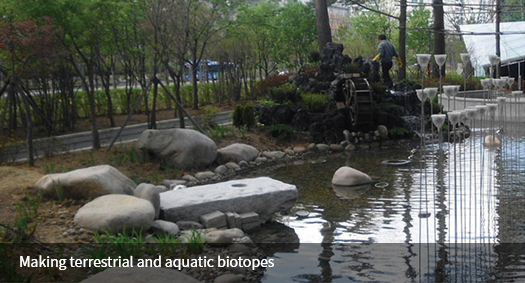
Designing outdoor landscape and biotope
Make a landscaping plan to make the city beautiful, provide a resting space for building users, preserve ecology and lower the heat island effect. Particularly, it is good to install terrestrial biotope and aquatic biotope to form the habitat for flora and fauna, in which it is important to create an intermediate sphere at the boundary between both biotopes that enables the ecological cyclical system.
Designing new renewable (e.g. photovoltaic/geothermal) energy systems
Reduce the energy use as much as possible with architectural design and install new renewable energy systems to fulfill the needs of energy sources. According to the characteristics of new renewable energy sources, utilize the photovoltaic system and the mini wind-power generation system to back up electric energy, and apply the solar thermal, geothermal, and the like, systems as an aid of heating/cooling and hot water heating energy. Recently, you may use building integrated photovoltaic (BIPV), building integrated solar thermal (BIST), and building integrated wind power (BIWP) systems.
Designing amenity interior environment
Keep down the emission of hazardous substance by applying environment-friendly finishing materials; create interior green space or actively induce natural ventilation, so as to provide the occupants inside with fresh air.
3. Design Development
Checking the assessment items of environment-friendly building accreditation
If you set a goal to achieve certification from a domestic or foreign accreditation system, you have to pave the way from the beginning for a design mindful of the accreditation system and check whether such a design is accurately expressed on the final drawings and documents. Also, check whether the assessment items of your design fulfill the creditability standards, and for what they fail to do so, prepare additional designs or alternatives to acquire other creditable points.
Making the checklist of environment-friendly design
Make the list of applicable elemental techniques via comparative analysis and final check on environment-friendly design elements, and on this basis, manage whether the design elements, ranging from drawing/documentation to construction phases, were properly reflected or not.
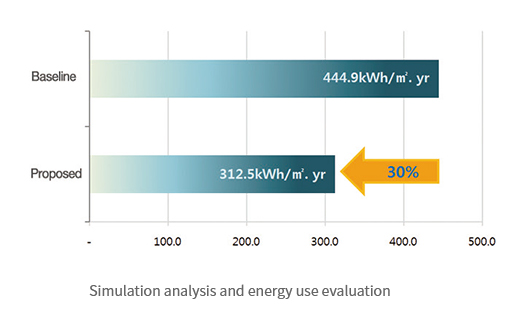
4. Construction Documents
Integrated simulation to evaluate total energy performance
While you have compared respective performances of elemental techniques to design environment-friendly architecture, now in the phase of construction documents, you have to evaluate their integrated energy use by simulation. Inputting the characteristic values of architectural conditions and equipments reflected in the actual design, you should be able to calculate the annual energy use of the building in the same meteorological condition as reality. The energy simulation progra
m used here should have the ability of calculating energy uses by subst
ances and time zones in order to figure out the energy consumption pa
ttern and help establish the additional energy-saving measures.
Checking achievement of the energy-saving goal
Apply all elemental techniques finally and conduct energy simulation, then checking how much energy can be saved by an environment-friendly building in comparison with an existing building. If you find it failed to achieve the energy-saving goal, prepare an alternative energy-saving measure additionally. Besides, conduct the energy analysis necessary for the environment-friendly building certification, compiling its findings into a document used as an evidential material.
Writing out the Specification on material selection and construction techniques
For the specifications of materials to be realized in construction as the same as they were designed, describe in detail the characteristics, performances, and construction techniques of materials not only on the drawings but also on the Specification. In case of aiming at achieving certification, describe not only the material performance but also the site management method and the working environment of employees.
Checking reflection of environment-friendly elemental techniques in final drawings and documents
Once you complete design drawings and documents, ask the final review of professionals in order to check whether the environment-friendly design elements have been reflected in the final drawings. In this process, closely check the specifications, quantities, dimensions, and names of materials and devices, revise the errors, and finally complete the delivery of drawings and documents.
5. Construction Administration
Checking whether the environment-friendly design is reflected in construction
Even if you make a good environment-friendly design, you fail to realize the values of an environment-friendly building insofar as the actual construction does not reflect the plan rightly, For example, when you apply reflective insulation, you should construct it at a certain distance from the adjacent surface so as to effectuate its performance. However, this distancing is overlooked in many cases and so needs close observation and direction.
On-site phased recording of environment-friendly construction process
When you check out environment-friendly elements on site in the construction process, you had better draw up a checklist for systematic check and remedial action, and need to record on site what is checked out with photography or documentation.
Remedial action for the missing designs
When you find some discordance in the construction of environment-friendly elements between their intended designs and the on-site check results, you must request remedial actions and carefully manage them until they are constructed rightly. For instance, pay attention if the application of above-standard insulation or continuous insulation line was missing, which may entail such errors as thermal bridge or dew condensation.

6. Before Occupancy
Pre-occupancy measurement and evaluation of environmental performance
Upon the completion of construction and before occupancy, conduct on-site measurement of environment-friendly design elements and indoor amenity so as to figure out the whole performance of the building. This performance measurement is an important process as you can inspect such elements that may hardly inspected after occupancy, and as you can check how excellent performance the environment-friendly building display based on the measured quantitative data. Particularly, measurement of the envelope insulation performance with infrared (IR) camera thermal imaging enables easy identification of the effects of high-performance insulation.
Checking and adjusting the energy service system
Conduct measurement and verification (M&V) of the whole building equipment system, and remedial actions for the elements falling short of their performance goals. Particularly, meticulously check and verify the performances of heating/cooling and electrical equipments, new renewable energy systems, and the like amongst all equipments so as to save energy while satisfying the performance goals.
Post-occupancy questionnaire survey on environmental performance
Even though you have made efforts to realize an environment-friendly building in its design and construction phases, the final evaluation should be completed from the occupants' perspective. After the completion of construction and a certain period of operation, conduct a questionnaire survey on the occupants' satisfaction or the amenity of the building, and check which element befits the design intention or causes discomfort so as to make remedial actions.
Achieving the goal of environment-friendly building certification
If you have managed design and construction well for the goal of environment-friendly building certification from the initial project phase, compile necessary materials in accord with the assessment items and submit them to the relevant organization for certification. If you are requested in this process to additionally submit the evidential materials for environment-friendly design and on-site application, take remedial actions for the insufficient data and complete the submission for certification that will issue the final rating.
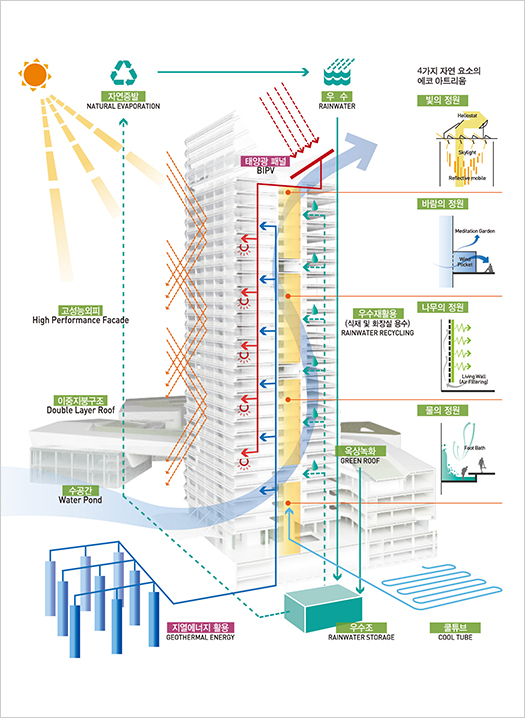
Results of Environmentally Friendly Design Process
The vision of environmentally friendly architecture with the basics
In the present-day society, people live enjoying many benefits of industrial civilization and have to live observing the principles of community and adapting themselves to the needs of society. If so, what does the society demand us now? Perhaps, all the people around the world would say, cope with global warming..
The quick measures of developed countries against global warming are presenting themselves in environmentally friendly buildings. Recently, many such buildings are emerging and quickly spreading here and there, sometimes appearing as special cases. Amongst them, the Bahrain World Trade Center completed in 2008 utilizes wind power to produce the maximum electricity of 675 kWh with the turbines installed between the two buildings. Besides, the high-rise office buildings that can produce energy in their own system with giant wind power generation equipments include the Strata Tower in London built in 2010 and the Pearl River Tower in Guangzhou built in 2013.
The buildings which seem almost like the background of the past science-fiction comics have become a reality. This means not only that fu
ture buildings will save energy, but also that they will evolve in a way
of actively producing energy. This movement is anticipated soon in Ko
rea as well. Even if the future environment-friendly buildings evolve in
to energy-producing buildings, its basic principle should be maintaine
d. To emphasize again, we have to save energy in a sequence, that is
to say, of minimizing loads on the building with passive control and
applying new renewable energy sources like wind power generation
systems to the demands of lacking energy.
Will it be possible to design buildings in future regardless of energy?
According to the changing demands of architectural market, architects also have to be alert in changing their attitudes. Not only should they be faithful to traditional architectural design techniques by pursuing aesthetics, but they also have to keep learning environment-friendly architectural design techniques. In particular, they should have in mind that understanding elemental techniques are not just a sphere of certain specialized engineers but the role of architects who design buildings. Thus, architects have to lead the market actively as experts of environmentally friendly architecture.
Domestic demands are anticipated as more of remodeling and less of new construction. It is expected that such buildings that counteract against climate change will increase as to enliven the meaning of environment-friendly architecture by reusing the existing building and significantly reduce building energy use by actively utilizing natural energy sources. Now, environmentally friendly architecture is a must for the sustainable future society.
Excerpts from "The basic principle to design the environmentally friendly building" (2013)

